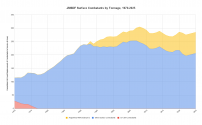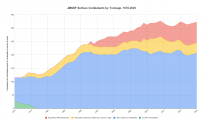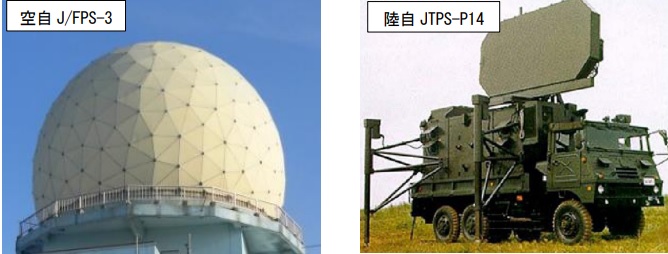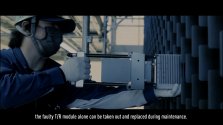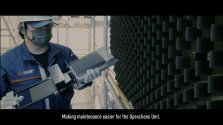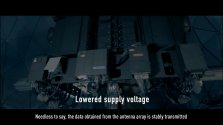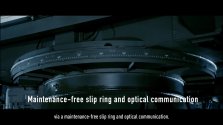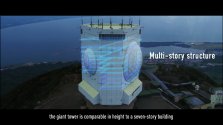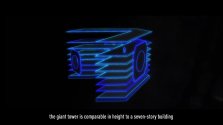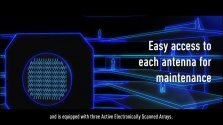Japan has pretty advanced radar technology.
The F-2 was the first combat fighter with GaA AESA radar. And they have destroyers like Asahi-class with GaN AESA radar.
Hopefully this will be the first of more weapons exports. Had they been smart about it I think they could have sold Type 10s to Thailand and other countries in Southeast Asia and perhaps the diesel electric submarines to Australia. Rail and road infrastructure in Southeast Asia is often poor or non existant. Western tanks are too heavy in general for use in Southeast Asia. That is why Malaysia ended up buying the PT-91.
The P-1 and C-2 could also be sold to Southeast Asian countries like Malaysia or Indonesia.
But at least the Thailand and Australian deals are now off the realm of possibility.
Their main issue is the high cost of their weapons systems. Now I do not know the cost of similar competitive radar systems but $100 million for three radars doesn't seem expensive to me.
Another problem is the often disadvantageous positions the Japanese have put themselves in by pitting against the NATO MICs for the same customer pool.
Costs wouldn't have been much of an issue to the countries who could afford it as they would still opt for the American or European options instead, as exemplified by the P-1 and the Soryus like you mentioned.
At the end when all was said and done, they either went with the P-8, or even continued to maintaining their existing P-3s with the prospects of upgrading to the P-8 down the road.
Then there's of course the Aussies with their absolute sh*tshow of a submarine acquisition programme, which in hindsight the Japanese might have been glad they'd dodged that bullet... Then again, there's the $800million of free 'sorry money' for cancelling the contract, though I seriously doubt the Japanese would have as much clout, never mind the inclination, let alone the balls to throw such a massive fit as the French did and wrangle the Aussies into paying that kind of sum.
Had Australia picked the Soryus, once AUKUS happened, unlike Macron with his whole song and dance, Suga would've been like: "Shouganai ne... ("Can't be helped, y'know...")", and that would be that. And like a good sport, business with the West would continue as usual.

